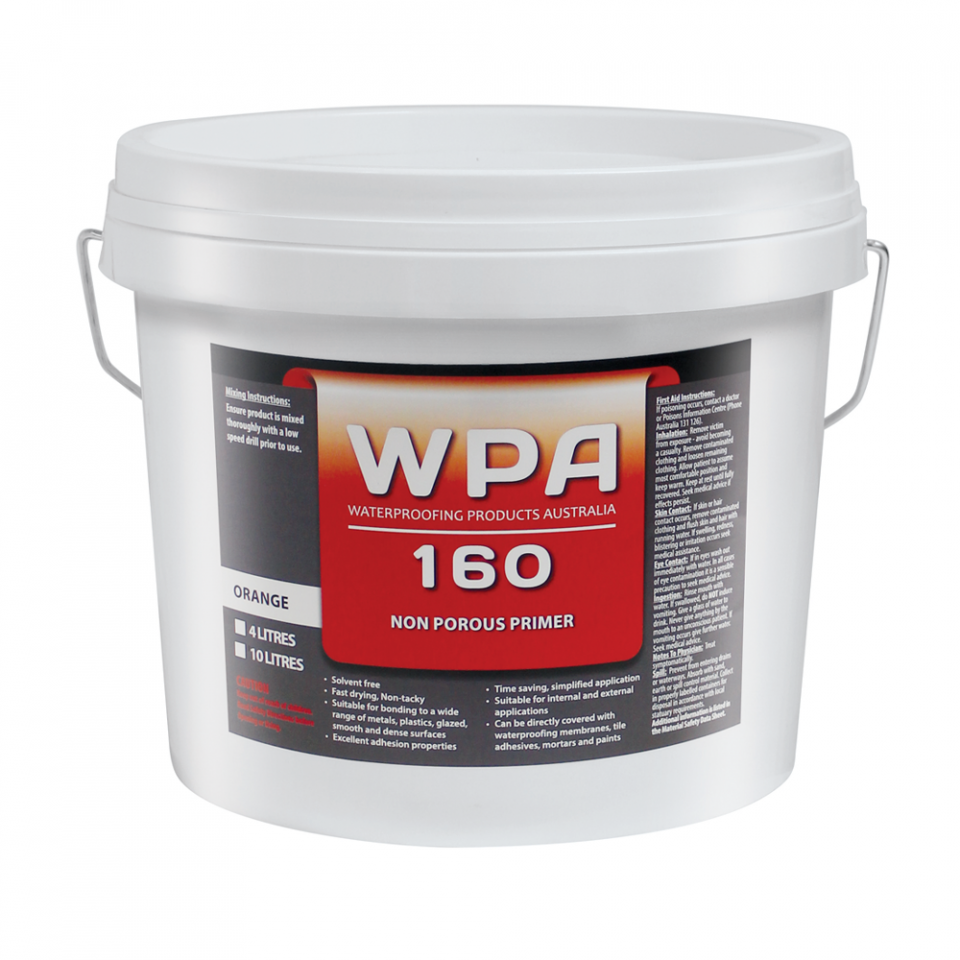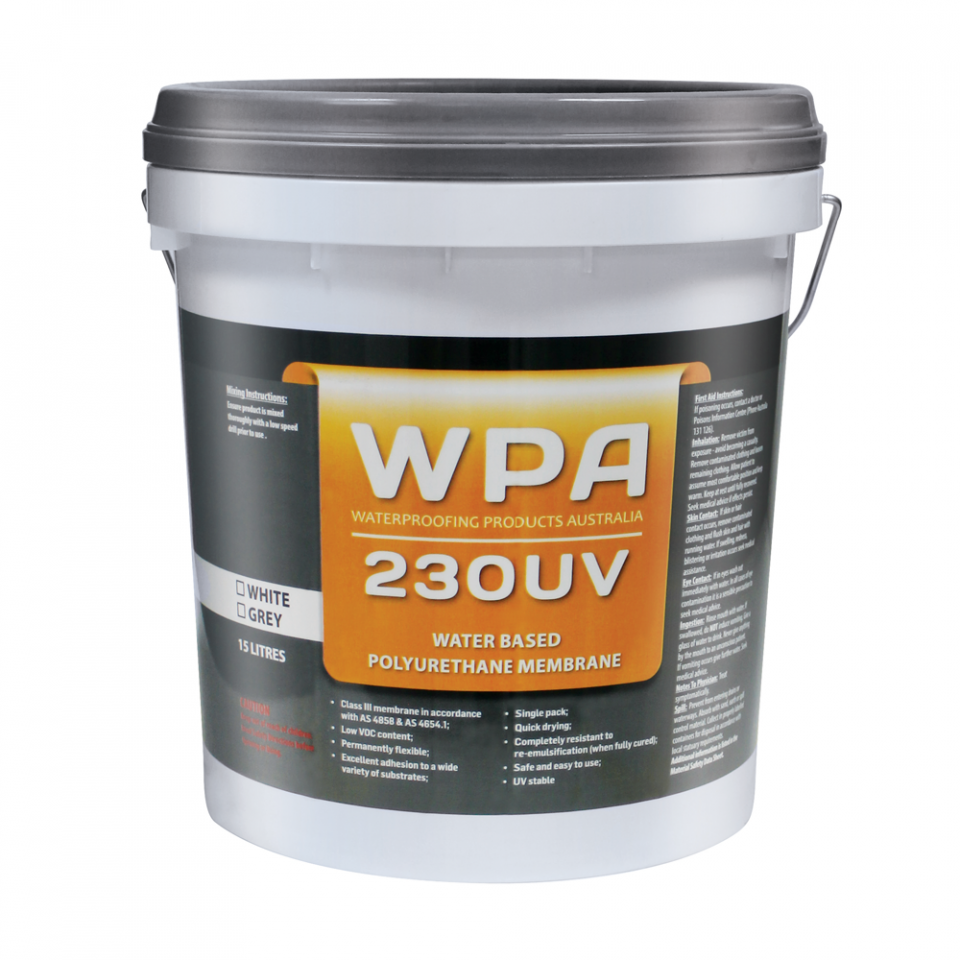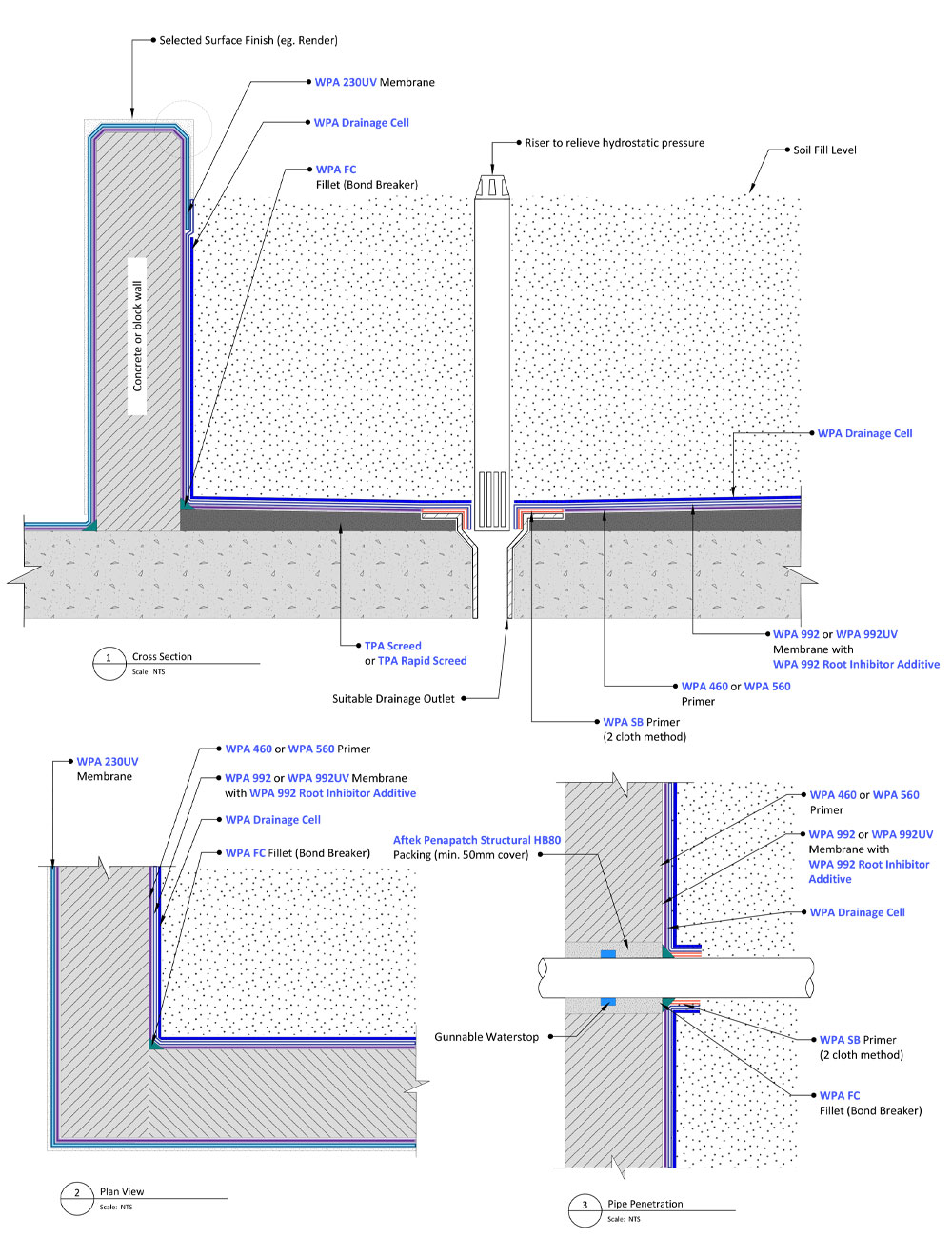Systems
Planter Boxes
Home Bayset Systems Planter Box Systems Concrete Blockwork – Liquid Membranes Waterproofing Planter Box – Concrete Block (Polyurethane) – 502
WP502 Waterproofing Planter Box – Concrete / Blockwork (Polyurethane)
Preparation:
- All surfaces to be waterproofed must be firm, clean, dry, sound and smooth. All grease, oil, wax, curing compounds, loose material, paint and any other contaminants must be removed, masonry surfaces must be pointed flush and surface defects repaired. New concrete must be cured for a minimum of 28 days.
- External corners to be waterproofed must be bevelled to ensure a smooth transition of membrane from vertical to horizontal surfaces.
Installation:
- Waterproofing installation shall be in accordance with AS 4654.2 Waterproofing Membranes for External Above-Ground Use.
- Repair all surface defects with Aftek Penapatch Structural HB80.
Aftek Penapatch Structural HB80 is a high strength; high build shrinkage compensated structural repair mortar.
- Install a Gunnable Waterstop around all penetrations. The waterstop must be packed in between at least a 50mm cover of Aftek Penapatch Structural HB80. Gunnable waterstop products are caulk-grade, single-component swelling pastes used to stop water infiltration through concrete construction joints.
- Install TPA Screed to achieve appropriate falls to waste. Where a bonded screed is required, apply a bond coat using TPA 401M or TPA Lite. Install TPA Rapid Screed for an engineered or rapid set screed, using a bond coat of TPA Rapid for bonded screeds.
TPA Screed is a pre-blended screed mixture for the installation of cementitious screeds and tile beds, suitable for internal and external floor applications.
TPA Rapid Screed is a pre-blended, rapid set, engineered screed mixture for the installation of cementitious screeds and tile beds, suitable for internal and external floor applications.
- Install an appropriate fillet (bond breaker) to all transitions using WPA FC.
WPA FC is a high-performance, fast-cure, one-component polyurethane sealant.
- Install a puddle flange to all waste pipes, ensuring that puddle flanges are recessed into the substrate.
- Prime all non-porous substrates using WPA 160 primer, such as PVC pipes.
WPA 160 is a specialised solvent-free primer designed for enhancing the adhesion of subsequent membranes, adhesives, toppings and decorative finishes over non-porous substrates.
- Apply WPA 460 or WPA 560 primer to the substrate being waterproofed.
WPA 460 is a two-part, water-based epoxy primer, used to seal concrete and masonry surfaces.
WPA 560 is a two-part, water-based epoxy primer, designed as a water and vapour-proof coating under waterproofing membranes.
- Apply WPA 230UV membrane above the soil fill level and to the capping, in a minimum of two coats to achieve the required dry film thickness. Ensure that the previous coat has completely dried before applying the subsequent coat(s). All penetrations must be waterproofed.
WPA 230UV is an elastomeric, fibre-reinforced, water-based polyurethane membrane system designed for exposed or under-tile applications.
- Apply WPA SB primer to some non-porous surfaces such as puddle flange and waterstop angle using the 2 cloth method. (The 2-cloth method is carried out as follows: dampen a clean cloth with an appropriate amount of WPA SB primer, and wipe evenly over the non-porous substrate utilizing a rubbing action. With a clean dry cloth, immediately remove all primer residues by implementing a buffing action).
WPA SB is a fast-drying, solvent-based primer, with exceptional penetrating properties. WPA SB primer is designed to assist in improving adhesion on porous and some non-porous substrates.
- Apply WPA 992 or WPA 992UV membrane with WPA 992 Root Inhibitor Additive mixed into the wall and floor areas, in a minimum of two coats to achieve the required dry film thickness. Ensure that the previous coat has completely dried before applying the subsequent coat(s). The membrane must be sealed to and terminate into a puddle flange, and extended vertically to a minimum of 100mm above the expected soil fill level where the planter box abuts a wall. The WPA 992 or WPA 992UV membrane must be sufficiently overlapped onto the WPA 230UV previously applied.
WPA 992 is a thixotropic, one-part, liquid-applied, moisture-cured polyurethane waterproofing membrane, suitable for waterproofing most non-exposed applications.
WPA 992UV is a thixotropic, one-part, liquid-applied, moisture-cured polyurethane waterproofing membrane, suitable for waterproofing most applications.
WPA 992 Root Inhibitor Additive is a chemical root inhibitor designed to be incorporated into WPA 992 moisture-cured polyurethane membrane.
- Continue the WPA 230UV membrane over the open edges of the planter box. Externally exposed walls of planter boxes must be waterproofed to prevent failure of the internal planter box membrane.
NOTE: Surface finishes such as render, tiles and paint are highly unlikely to bond to WPA 992 or WPA 992UV. If bonding of surface finishes to the waterproofing membrane is required, this area should be waterproofed with WPA 230UV (overlapped under WPA 992 or WPA 992UV). - Install WPA Drainage Cell to all waterproofed surfaces below soil level.
WPA Drainage Cell is a two-core drainage sheet consisting of a non-woven geotextile filter layer thermally welded to a water-impermeable, recycled HDPE (High-Density Polyethylene) drainage membrane.
- Install an internally filtered riser for the purpose of relieving hydrostatic pressure.
Products Used
-
Aftek Penapatch Structural HB80
- TPA 401M
- TPA Lite
- TPA Rapid Screed
- TPA Screed
- WPA FC
- WPA 160
- WPA 460
- WPA 560
- WPA 230UV
- WPA SB
- WPA 992
- WPA 992UV
- WPA Drainage Cell
- WPA 992 Root Inhibitor Additive

490-007
WPA 160

350-500
WPA Drainage Cell

105-751
TPA 401M

105-755
TPA Lite

101-060
TPA Screed

104-094
Aftek HB80 Structural Repair Mortar

490-005
WPA 460

700-160
WPA FC Fast Cure

425-023
WPA 230UV

490-006
WPA SB Primer

416-101
WPA 992

416-102
WPA 992UV

490-134
WPA 560

416-103
